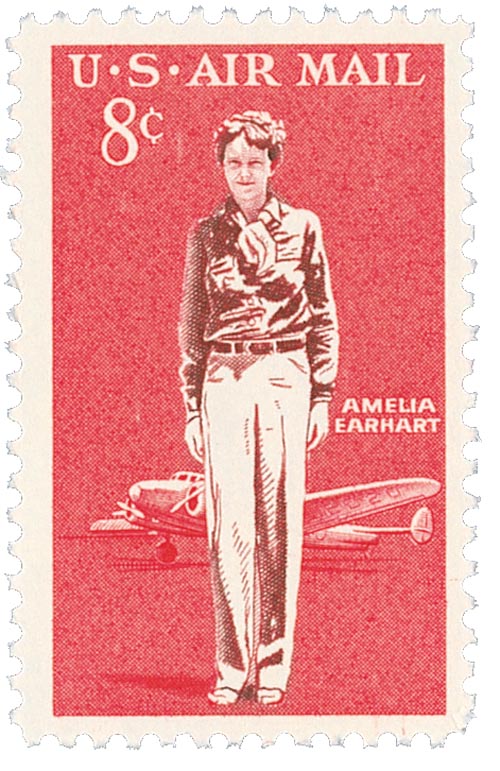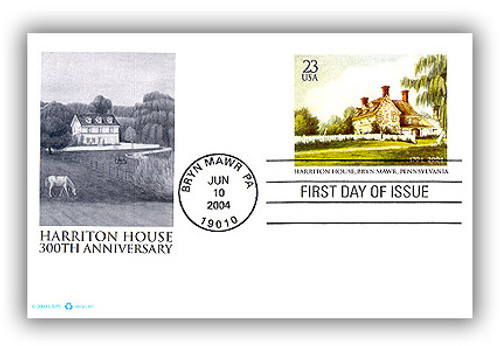
# UX381 - 2002 23c Postal Card - Carlsbad Caverns PC FDC
Postal Cards
The United States Post Office Department issued its first postal card in 1873. The original rate was 1¢, and the first U.S. postal card was printed in brown with the image of Liberty inside an ornate oval frame. Modern U.S. postal cards usually have a full-color design as part of the imprinted stamp. To date, more than 370 different U.S. postal cards have been issued since the first appeared 126 years ago. Postal cards make up an enjoyable part of the stamp hobby and are a significant element of U.S. postal history. Add these neat postal cards to your collection today!
Carlsbad Caverns National Park
On May 14, 1930, Carlsbad Caverns National Park was officially created in New Mexico. The park is home to the largest limestone chamber in North America, known as the Big Room. At the base of the Guadalupe Mountains, hidden beneath southeastern New Mexico’s Chihuahuan Desert, are the extensive Carlsbad Caverns. About 250 million years ago, the area around the present-day part was the coast of an inland sea filled with marine life. Over time the water evaporated, and the reef was covered with mineral deposits and other sediments. Movement in the tectonic plates lifted the reef above ground and water and erosion carved the mountain region we see today. The area sat on a bed of limestone above petroleum. Over time, hydrogen sulfide made its way up from the petroleum into the groundwater, creating sulfuric acid. This highly corrosive acid dissolved large areas of limestone to carve out the 119 known underground caves and passages that stretch over 120 miles. Over time, the acidic groundwater drained out of the caverns and mineral deposits began to form. Sometime in the last million years, the erosion above ground created a natural opening to the caverns. Air from the surface entered the caverns along with rain and snowmelt that seeped through the ground. As this water dripped from the cavern ceiling and evaporated, it left behind small calcium carbonate deposits. The deposits on the ceiling are know as stalactites, while those that formed on the ground are called stalagmites. These mineral deposits are known as speleothems and take on different formations including columns, soda straws (hollow tubes), draperies (thin, wavy sheets), helictites (curved or angular shape), and popcorn (small round nodes). These delicate mineral formations grew slowly over time. Then in 1898, teenager Jim White discovered the opening to the caverns when a swarm of bats emerged, blackening the sky. “Any hole in the ground which could house such a gigantic army of bats must be a whale of a big cave,” he thought. He returned to the pitch-black hole a few days later and went inside to explore. More adventures followed and White named many of the rooms and formations. Eventually White was leading tours of the caves he had discovered and named. In 1915, White gave a photographer a tour of the caves. His photos general interest in the caves and were eventually featured in the New York Times in 1923. Shortly after, a representative from the General Land Office visited the caves with White and the photographer and surveyed and mapped the area. They recommended the creation of a national monument. Within six months, the site was declared a national monument by President Calvin Coolidge. In his proclamation on October 25, 1923, Coolidge stated that the cave was “of extraordinary proportions and of unusual beauty” and that its large number of chambers and formations made it “equal, if not superior, in both scientific and popular interest to the better known caves.” During the early years of the monument, stars were installed for easier access and electric lights illuminated the caves starting in 1926. Tourist amenities were added as visitors began coming to see the fascinating labyrinth of underground rooms. Then on May 14, 1930, the caves, along with 46,000-plus acres of desert above, were permanently established as Carlsbad Caverns National Park. Within a year, the National Park Service began drilling to create an elevator shaft. By 1937, the park recorded its one-millionth visitor. In 1959, the Kings Palace and Boneyard rooms served as filming locations for the film Journey to the Center of the Earth. And in 1963, the park created a bat flight amphitheater at the natural entrance for visitors to watch the bats. In 1995, the park was declared a World Heritage Site.





Postal Cards
The United States Post Office Department issued its first postal card in 1873. The original rate was 1¢, and the first U.S. postal card was printed in brown with the image of Liberty inside an ornate oval frame. Modern U.S. postal cards usually have a full-color design as part of the imprinted stamp. To date, more than 370 different U.S. postal cards have been issued since the first appeared 126 years ago. Postal cards make up an enjoyable part of the stamp hobby and are a significant element of U.S. postal history. Add these neat postal cards to your collection today!
Carlsbad Caverns National Park
On May 14, 1930, Carlsbad Caverns National Park was officially created in New Mexico. The park is home to the largest limestone chamber in North America, known as the Big Room. At the base of the Guadalupe Mountains, hidden beneath southeastern New Mexico’s Chihuahuan Desert, are the extensive Carlsbad Caverns. About 250 million years ago, the area around the present-day part was the coast of an inland sea filled with marine life. Over time the water evaporated, and the reef was covered with mineral deposits and other sediments. Movement in the tectonic plates lifted the reef above ground and water and erosion carved the mountain region we see today. The area sat on a bed of limestone above petroleum. Over time, hydrogen sulfide made its way up from the petroleum into the groundwater, creating sulfuric acid. This highly corrosive acid dissolved large areas of limestone to carve out the 119 known underground caves and passages that stretch over 120 miles. Over time, the acidic groundwater drained out of the caverns and mineral deposits began to form. Sometime in the last million years, the erosion above ground created a natural opening to the caverns. Air from the surface entered the caverns along with rain and snowmelt that seeped through the ground. As this water dripped from the cavern ceiling and evaporated, it left behind small calcium carbonate deposits. The deposits on the ceiling are know as stalactites, while those that formed on the ground are called stalagmites. These mineral deposits are known as speleothems and take on different formations including columns, soda straws (hollow tubes), draperies (thin, wavy sheets), helictites (curved or angular shape), and popcorn (small round nodes). These delicate mineral formations grew slowly over time. Then in 1898, teenager Jim White discovered the opening to the caverns when a swarm of bats emerged, blackening the sky. “Any hole in the ground which could house such a gigantic army of bats must be a whale of a big cave,” he thought. He returned to the pitch-black hole a few days later and went inside to explore. More adventures followed and White named many of the rooms and formations. Eventually White was leading tours of the caves he had discovered and named. In 1915, White gave a photographer a tour of the caves. His photos general interest in the caves and were eventually featured in the New York Times in 1923. Shortly after, a representative from the General Land Office visited the caves with White and the photographer and surveyed and mapped the area. They recommended the creation of a national monument. Within six months, the site was declared a national monument by President Calvin Coolidge. In his proclamation on October 25, 1923, Coolidge stated that the cave was “of extraordinary proportions and of unusual beauty” and that its large number of chambers and formations made it “equal, if not superior, in both scientific and popular interest to the better known caves.” During the early years of the monument, stars were installed for easier access and electric lights illuminated the caves starting in 1926. Tourist amenities were added as visitors began coming to see the fascinating labyrinth of underground rooms. Then on May 14, 1930, the caves, along with 46,000-plus acres of desert above, were permanently established as Carlsbad Caverns National Park. Within a year, the National Park Service began drilling to create an elevator shaft. By 1937, the park recorded its one-millionth visitor. In 1959, the Kings Palace and Boneyard rooms served as filming locations for the film Journey to the Center of the Earth. And in 1963, the park created a bat flight amphitheater at the natural entrance for visitors to watch the bats. In 1995, the park was declared a World Heritage Site.


















